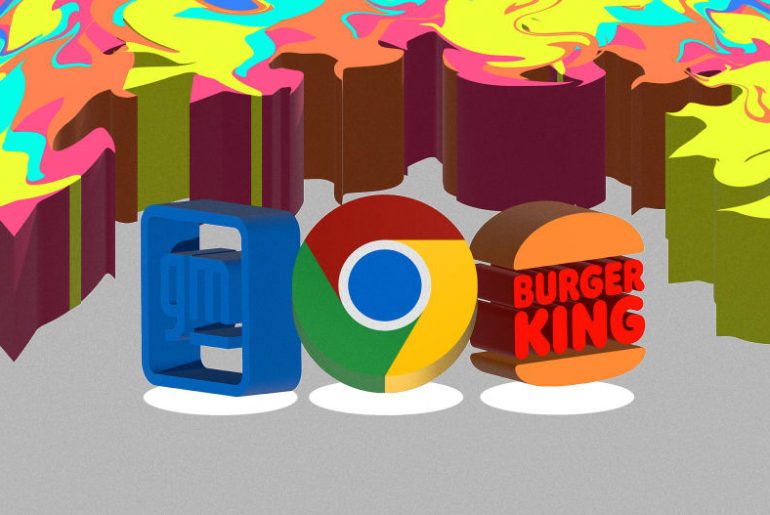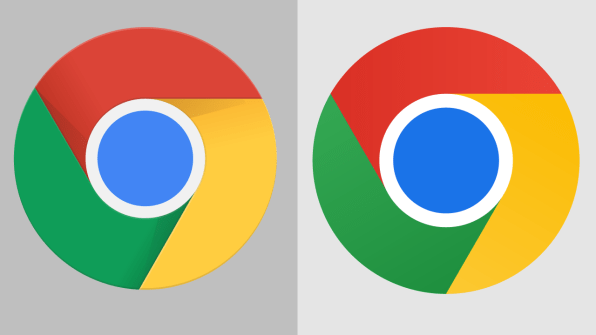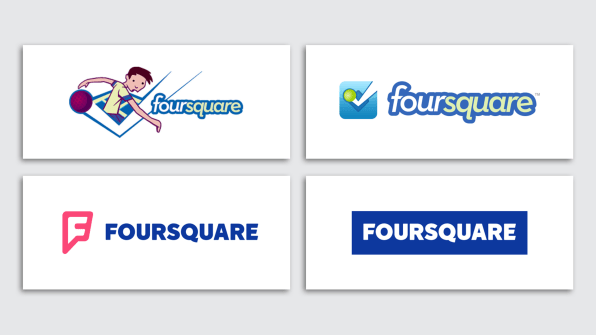As part of our series of design in 2023, How&How founder and creative director Cat How offers her view on what might happen in branding over the next year.
What do you think 2023 will hold for branding design?
I’m always highly sceptical about ‘trends’ in design. I’m very much of the mindset that fashions fade, while true design (where form follows function) is eternal. A good logo, therefore, should never follow (or be inspired by) a particular zeitgeist. It would not be the purest representation of itself, or the strategy behind it, if it did. So my future trend predictions lie mostly around ‘moods’ or themes that we’ve found emerging in the creative industry as a whole.
Metaverse
I’m seeing a glut of futuristic fonts, impossible 3D renders, and quirky sci-fi gradients emerging as a way of (sardonically?) talking about the known-unknowns of the Metaverse. Part joke, part next big thing… the jury is still out, but I’m really liking the retrofuturist humour.
Light Mode/Dark Mode Websites
We’re increasingly designing colour systems which work in light mode and dark mode as a way of future-proofing the websites of the brands we build. Not only that, but dark mode websites are more energy efficient than light mode ones, which is partly connected to my next point.
Beyond Green
As we’ve been designing more and more climate-tech and sustainability brands over the past year, we’ve found that conventional green as a brand colour is losing traction. Gone are earth tones, soft treatments and hippy-vibes. Eco-branding is moving into a more minimal, futuristic direction with simplified monochromatic colour palettes (see our On The Edge rebrand) which speak more to Gen Z. These new brands want to talk about climate in a minimal, aspirational and future-focused way.
Purpose or Mission-First Branding
After the insecurity of the last few years, people are desperate for authenticity, transparency and honesty from the brands they interact with. They demand more from brands in terms of what they say as well as what they do. Brands have always helped people keep companies accountable, but this has never been more true than today. Brands that misrepresent their products and clash with the values of their audience are quickly swept away.
What was your favourite branding project from 2022 and why?

One of our big pushes last year, as well as in 2023, will be to get more women in design, be this through a scholarship initiative, mentoring or internship programs for young female designers. It goes without saying, then, that one of my favourite design projects of 2022 was from a young designer called Tais Kahatt for Gulp Sichuan Chilli Oil. Such a fun little project with super-simple, but effective illustrations, edgy art direction and a mono palette centred around one punchy, spicy red. For such a young designer I was really impressed by Tais’ craft in bringing everything together. As well as this one, I loved Caterina Bianchini’s new rebrand for Bunch too. Super fun!
























